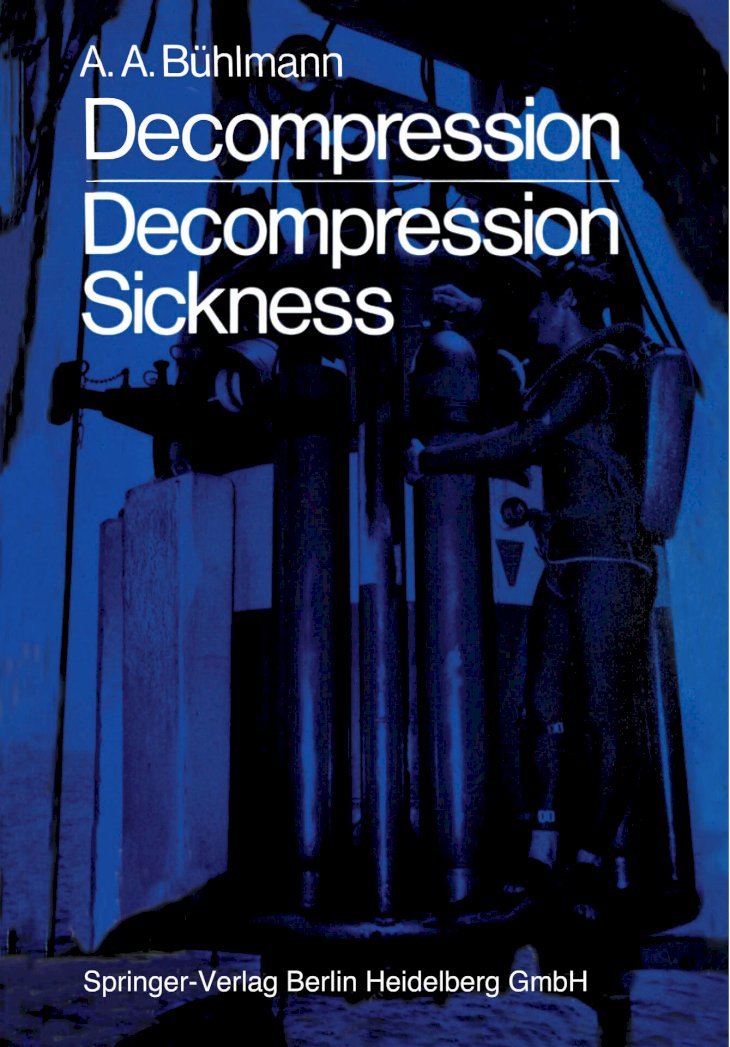dmaziuk
Contributor
One actually might then determine M0 by taking a plus b times the ambient pressure (absolute) at sealevel, but this then is unrelated to any dive profile or no-stop relation...
Right, that is in one of Erik Baker's papers too, and yes: Workman's M0 and dM are not related to specific profiles. I played with it a little sometime ago, one of the notebooks in GitHub - dmaziuk/diy-zhl: DIY ZHL: Buhlmann diving decompression model in python has the M-values converted from ZH-L16. There's also numbers from various sources (in the python file), take a look if interested.
There's nothing there about deriving M-values though.




